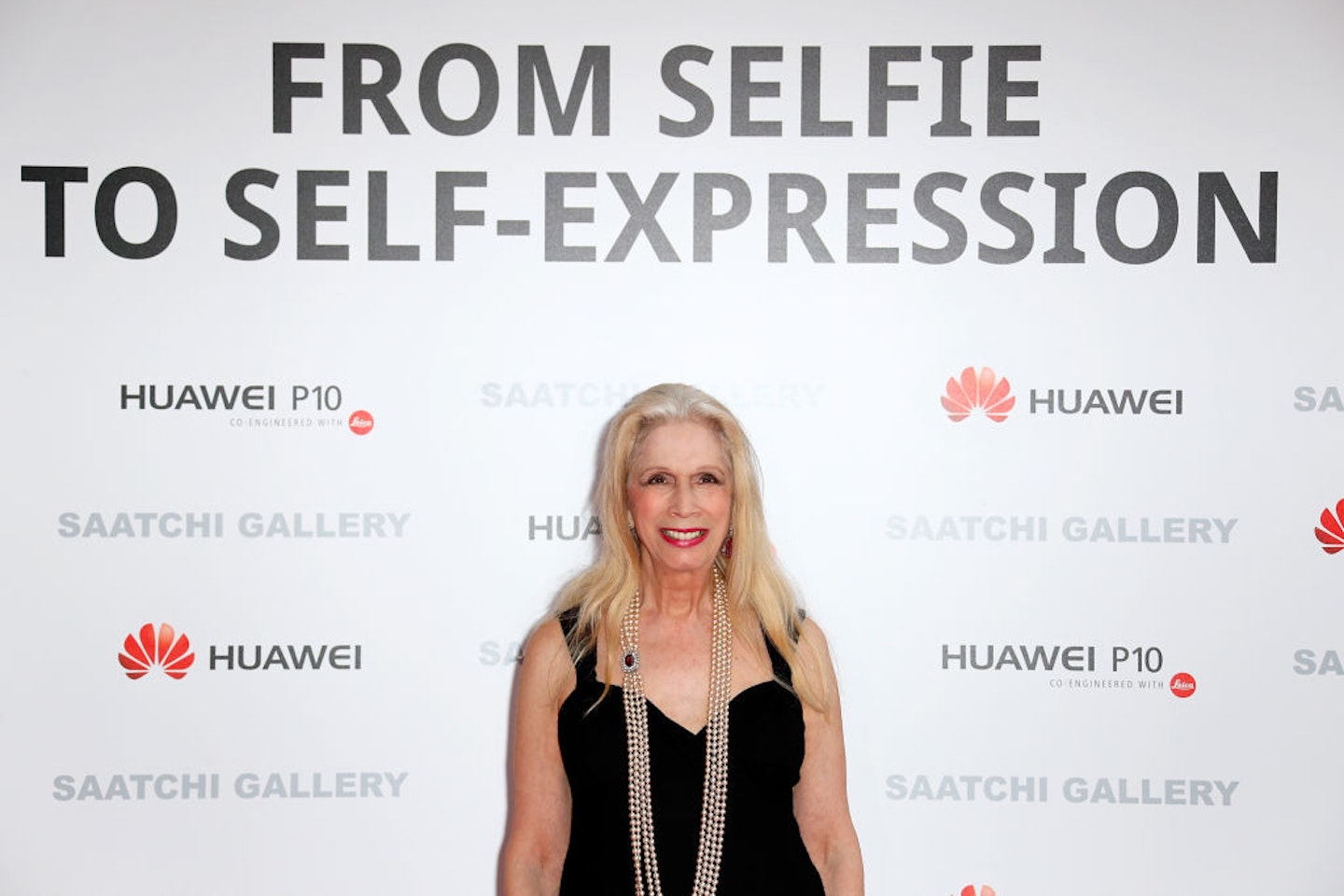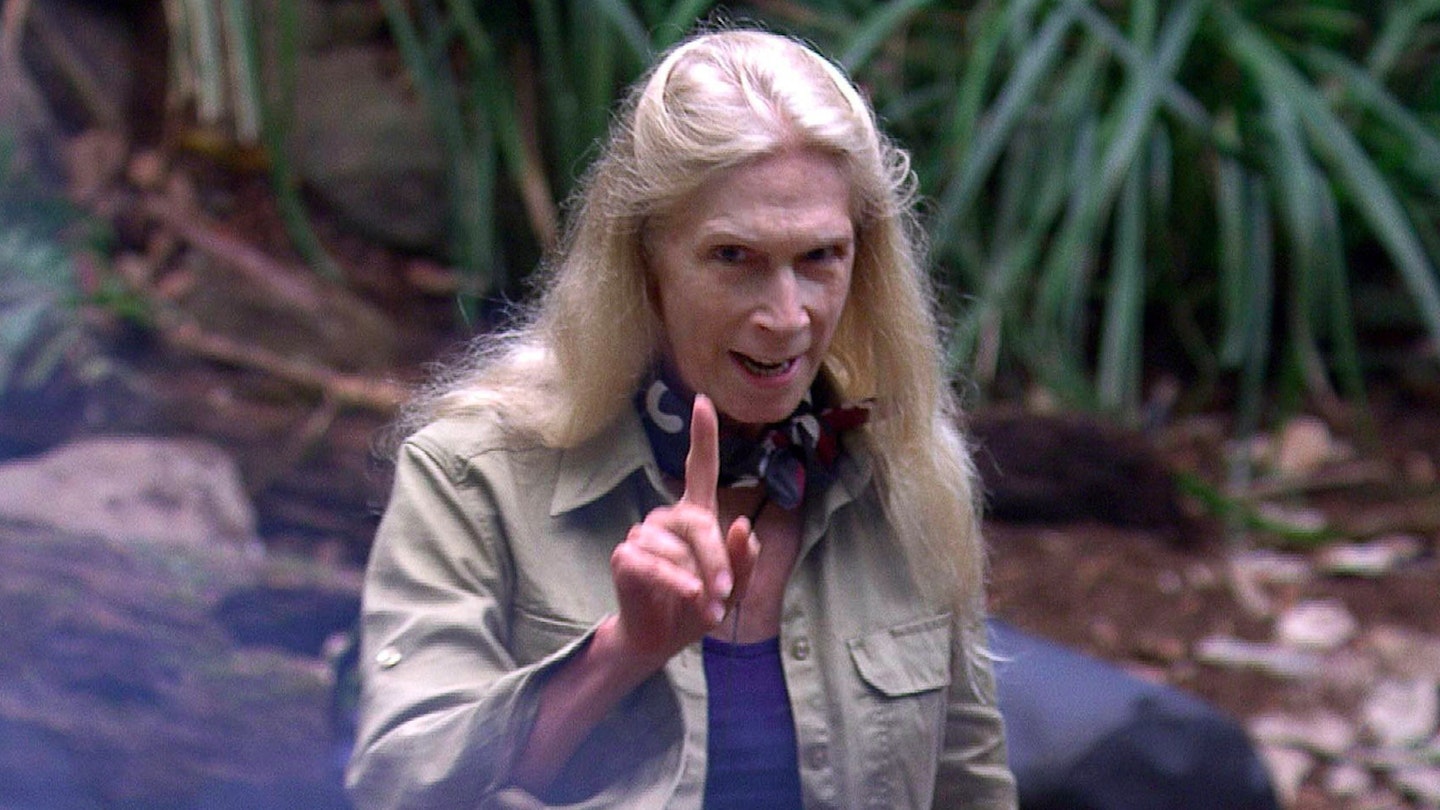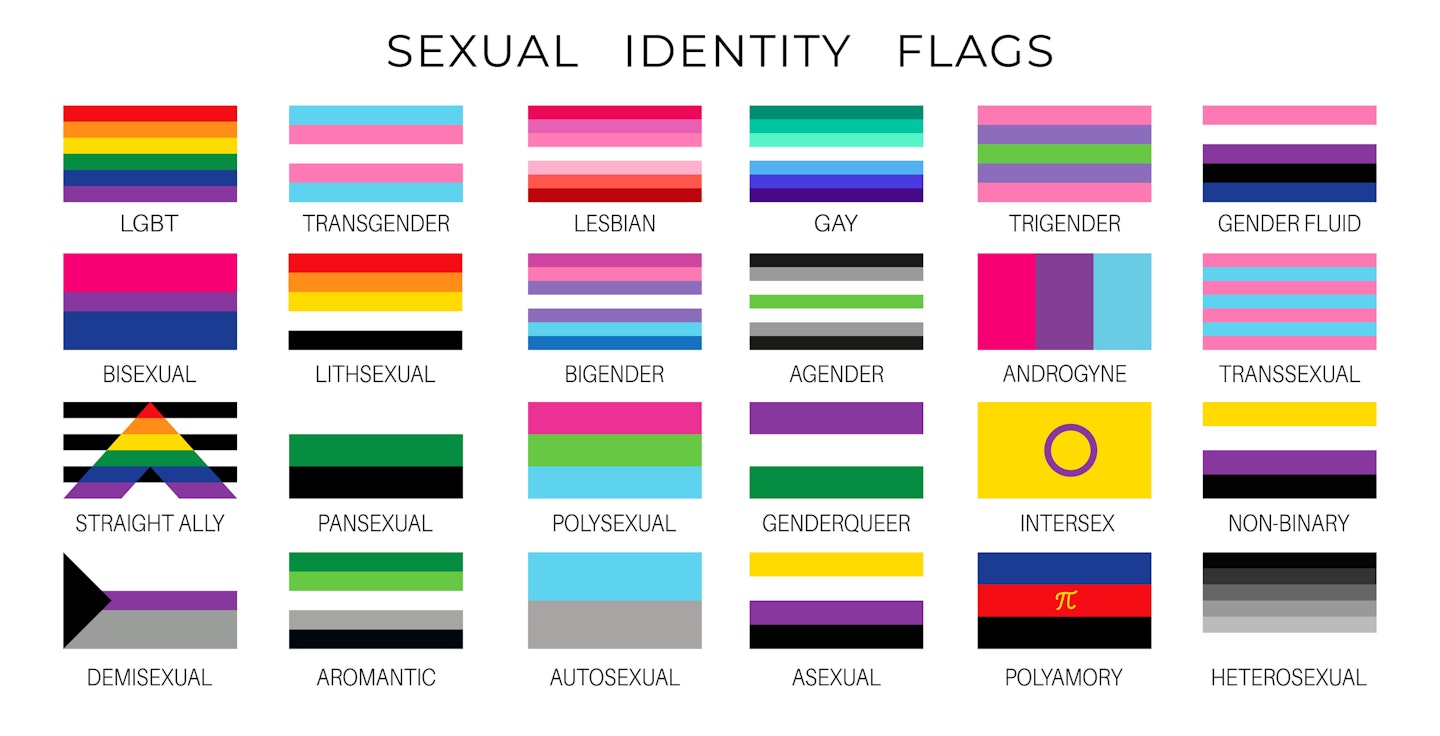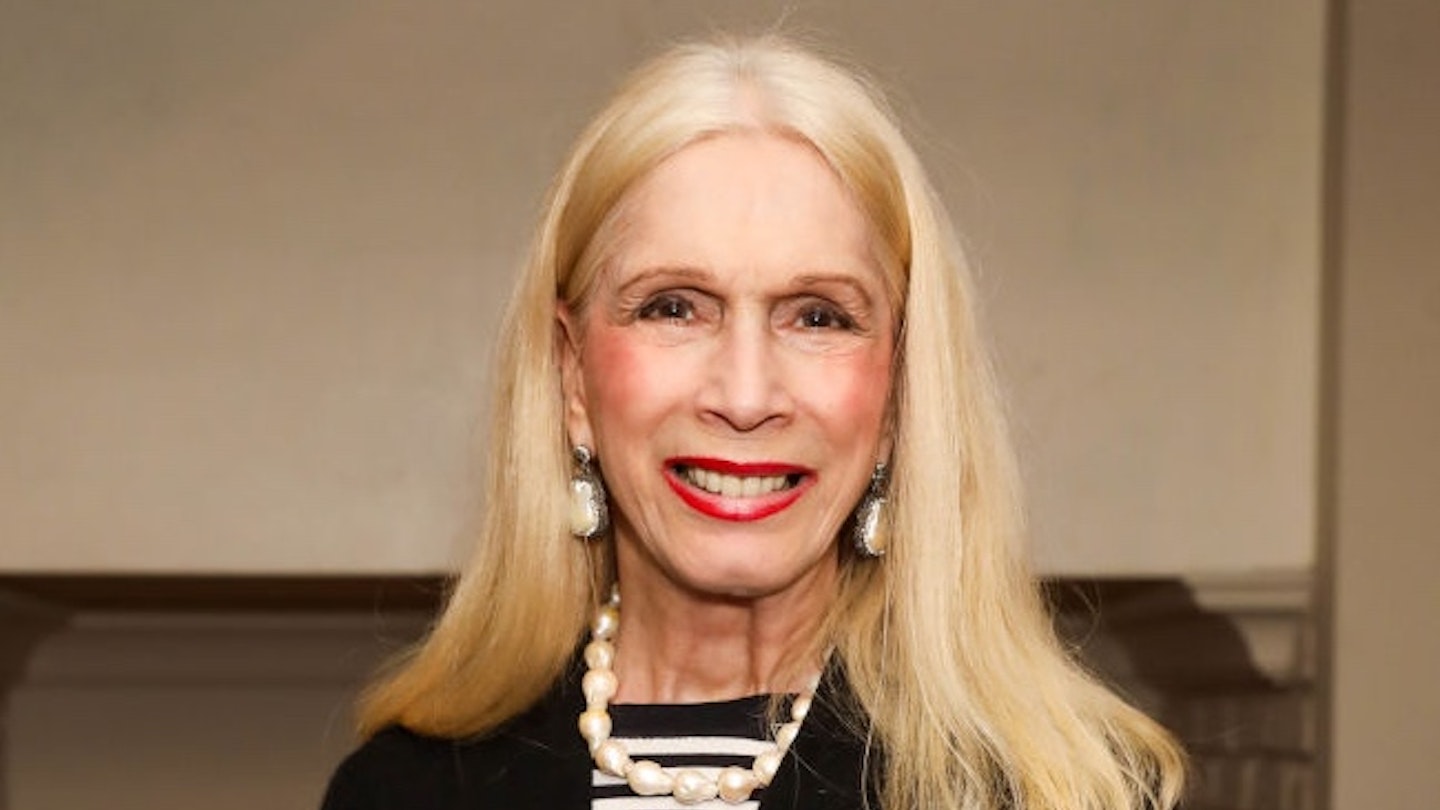Born in 1949 in Jamaica to one of Jamaica's oldest colonial families, Lady Colin Campbell was born intersex - with her labia fused and a deformed clitoris - meaning that her genitals looked neither male or female.
Unsure as to how to raise their child, her parents - Michael and Gloria Ziadie - opted for ‘male’ and called their baby George, raising Lady Colin Campbell as a boy until she was 21.
As a result, George William Ziadie - as Lady Colin was referred to throughout her childhood - was sent to a boys’ school from 11-18, which Lady Colin recently described as, ‘horrendous, like a glimpse into the bowels of Hell.’
When she reached 13, though, she began puberty – the female, hip-widening, boob-growing sort – and secretly went to her mum’s gynaecologist. However, when her mum found out, Lady Colin later told The Telegraph, she was sent to hospital ‘for the most terrifying three weeks of my life’ where she was injected, against her will, with male hormones, until her voice deepened, her nipples shrank and she developed facial hair.
She protested enough for her parents to remove her from the hospital, but for five years she simply wasn’t recognised as a girl/woman and refused the medical procedures needed to ‘turn’ her into a woman.

She told The Telegraph many years later, ‘Our family was extremely well known and [my father] would have done anything to avoid publicity and embarrassment.
‘I remember walking with him from the owners’ and stewards’ car park upstairs to our box at the racecourse. People were staring, because my situation was sufficiently well known, and although I wore trousers, it was very clear I was not a boy. You could see that to him it was the worst ordeal of his life.’
He then horrifically suggested her solution should be ‘a dose of rat poison’.
It was only when she left school and went to New York, aged 21, to live as a woman that her mother conceded and let her get the surgery necessary to help her feel properly like a woman. She also legally changed her name from George William Ziadie to Georgia Arianna Ziadie, receiving a new birth certificate.
It’s in New York that she met Lord Colin Campbell. Within a week they were engaged and the pair married soon after. Lady Colin Campbell's title has nothing to do with her gender identity and everything to do with her marrying Lord Colin. Borrowing the name of the posh man you’re married to, like Princess Michael of Kent, is something women in some quarters of society do.
Lord and Lady Colin divorced after 14 months however. The marriage broke down due to, among other things, the circumstances surrounding her upbringing. Lady Colin kept the name, and went on to write many books about the royals, the blue bloods and other people whose lives she was privy to by way of being a fellow posh person. She even wrote a book about Princess Diana.
As for her personal life, Lady Colin never remarried, but did adopt Russian twins when they were just babies in 1993. She now lives in a castle in Goring, West Sussex.
Now, Lady Colin Campbell has built a broadcasting career, which once saw her attacked for bizarre comments on the late Jeffrey Epstein, in which she quibbled about descriptions of him as a paedophile, instead insisting that he was 'an ephebophile'. Ephebophilia is defined as 'When an older adult is sexually attracted to post-pubescent teenagers or adolescents' so we're not sure it's much better...
You may also have spotted Lady Colin on I'm A Celebrity... Get Me Out Of Here, Celebs Go Dating and Celebs on the Farm.

But what exactly does intersex mean? Here’s your need-to-know on the term:
What is the meaning of intersex?
Intersex is defined as a 'general term used for a variety of conditions in which a person is born with a reproductive or sexual anatomy that doesn’t seem to fit the typical definitions of female or male.'
It should be noted that intersex anatomy does not always crop up at birth and can be discovered later on in puberty.
Intersex people are described as, 'individuals born with any of several sex characteristics including chromosome patterns, gonads, or genitals that, according to the Office of the United Nations High Commissioner for Human Rights, "do not fit typical binary notions of male or female bodies"'.
Is intersex like trans?
No, trans people have standard genitals – either male or female – but don’t want to live as the gender ascribed by those genitals, for example a child with a penis feels they are a female. Intersex people have genitals that are ambiguous and could either look male or female.
Are they hermaphrodites?
Not necessarily. Hermaphrodism is when someone has the internal organs of both sexes, i.e. both testes and ovaries. While the term ‘intersex’ applies to people with hermaphrodism, it also applies to people born with malformed genitals or atypical chromosomes.
How many people are intersex?
One in 2,000 babies are born with genitals that do not fit neatly into ‘male’ or ‘female’ categories.
Can’t they just be operated on?
As well as being operated in childhood at the insistence of parents who want a child who’s either male or female and medical health professionals who won’t want to wait it out, intersex people face being given the wrong sex to grow up in.
The UN Special Rapporteur has said non-consensual surgery can cause ‘permanent, irreversible infertility and severe mental suffering’, reported The Independent.
Can’t they just decide they’re one sex or the other?
While some intersex people grow up to feel happily not one gender or the other, there’s no way of expressing this on formal documents, such as passports and driving licences. In Germany, there was a successful campaign for babies to not have to be registered as either male or female on birth certificates, and British intersex campaigners are hoping to achieve the same here.
One UK intersex site calls for our strict adherence to the rules of male/female to simply disappear altogether. ‘It is UKIA’s view that we should regard humanity as a continuum, with the standard stereotypes as the extremes of this continuum.’
Can people who are intersex get pregnant?
While people who are intersex may have differences in their anatomy, chromosomes, and/or hormones that can impact their ability to get pregnant, many intersex people have ovaries and/or testes that can produce eggs or sperm, which can lead to a pregnancy.
Thanks to modern technology and advances made in understanding when it comes to intersex individuals, there are still plenty of ways for intersex individuals to become parents. Lady Colin Campbell for example adopted two Russian boys, Michael ‘Misha’ and Dimitri ‘Dima’, in 1993.
Is there an intersex flag?
The intersex flag is a yellow flag with a purple circle created in July 2013 by Morgan Carpenter of Intersex Human Rights Australia.
Yellow and purple were chosen as the colours featured on the flag because as they were viewed as free from gender associations and were historically used to represent intersex people.
The intersex flag does feature on the full LGBTQ+ flag on the far left.

What is the meaning of asexual?
Asexual is a term used to describe someone who, 'does not experience sexual attraction toward individuals of any gender'.
However, this does not necessarily mean they don't engage in sexual activity.
